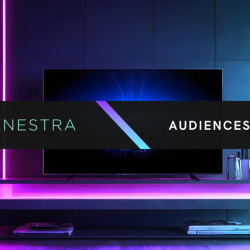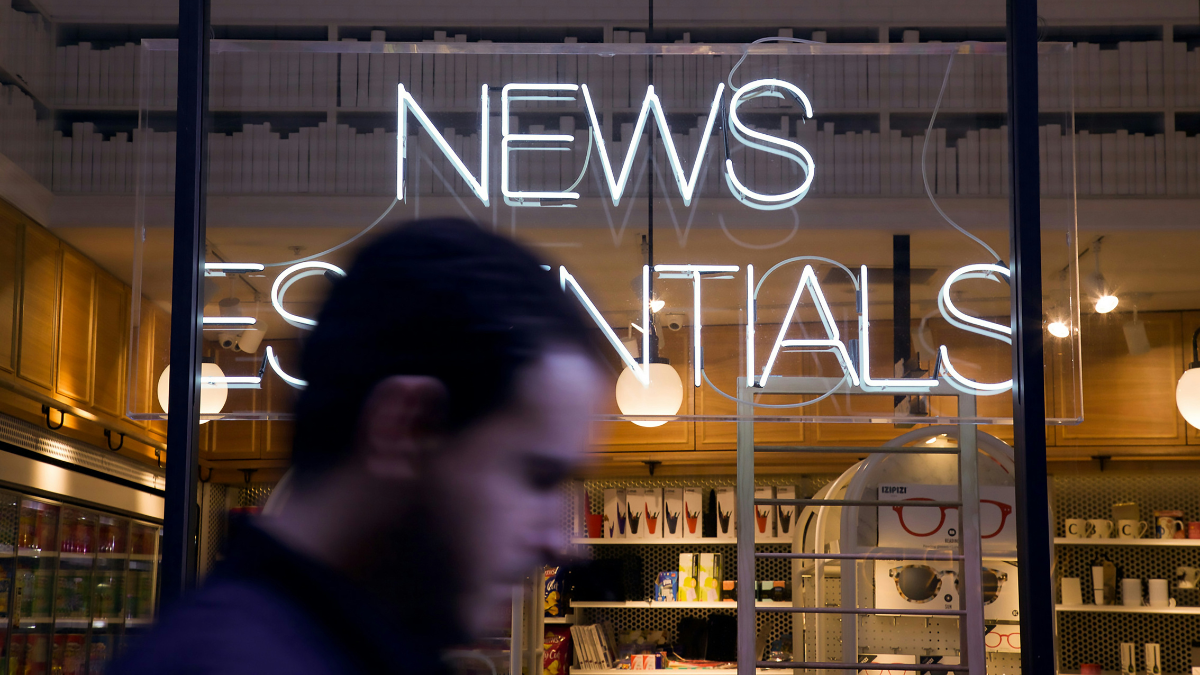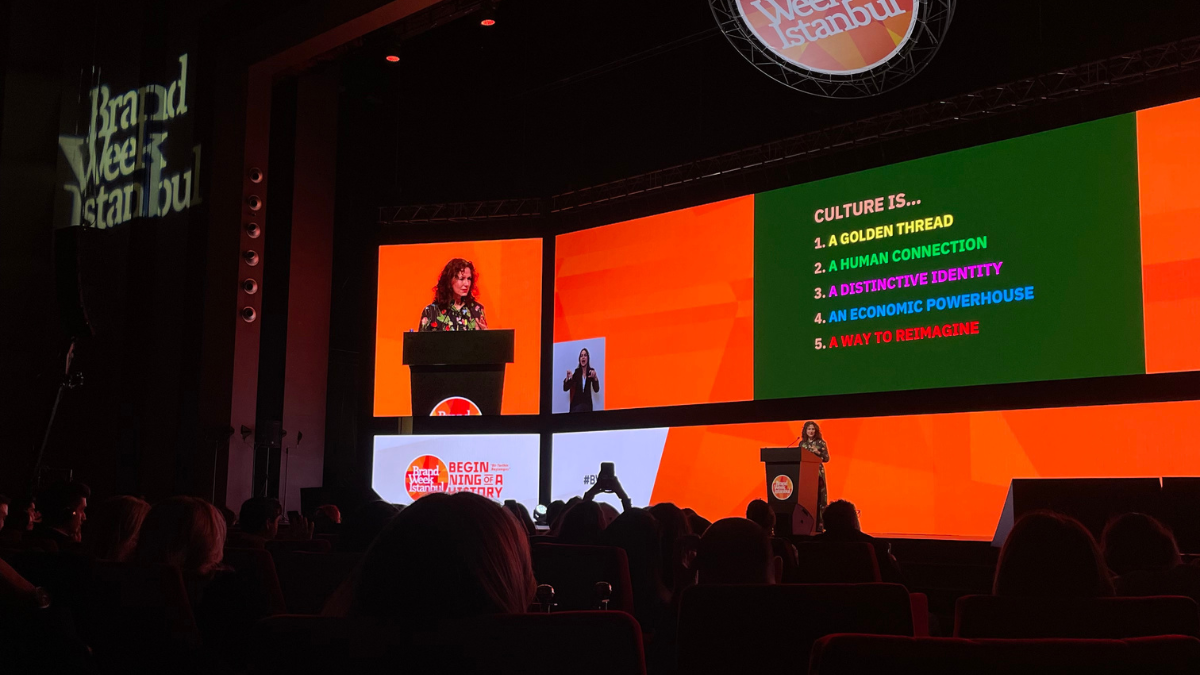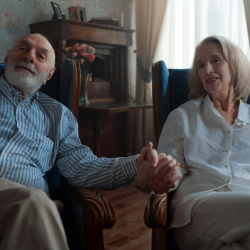There are thousands of creative agencies in the UK alone. And with the power of creativity and design being more recognised in mainstream business thinking, there’s lots of potential work out there — and healthy competition over who gets it. Communications are key to supporting new business and client relations, and for the bigger agencies, media coverage is a crucial part of the mix. But smaller agencies, with limited budgets and time, often choose to forego specialist PR support to put out neatly crafted content on their own channels.
Here’s a look at why smaller agencies and consultancies don’t do media relations (a subset of PR) and why they should reconsider.
Getting press coverage is too difficult
No agency, least of all a smaller one, can afford to spend hours on fruitless pitching and PR that doesn’t bring the desired results. However, if the quality of the work and thinking is high, and media outreach is approached right, there’s no reason a small agency can’t appear up there in quality titles with the best of them. Journalism is in freefall, with news industry layoffs totalling 2,569 between January and July this year, up 10% from the same time last year, according to Challenger, Gray & Christmas. Meanwhile, the boundlessness of the internet means editors are under ever more pressure to populate their platforms with quality writing and enticing visuals. These shifts have been accompanied by the rise of ‘thought leadership’ and mean that editors are open to contributions from PRs who understand what they’re looking for. To pass muster, thought leadership needs to cite strong research and data. The journalistic convention of backing up opinion with facts gives credibility to what’s being said. Thought leadership can enhance the reputation of individual leaders within an agency, elevating its overall profile.
We want to do it ourselves on our own platforms
Agencies craft punchy design and comms for their own clients, so why not for themselves? While social platforms are designed to make us all feel good about sharing, it’s good to break out of the echo chamber. When 675 agency clients were interviewed for the What Clients Think 2024 report, 55% said that they have a very low level of engagement with LinkedIn, and effectively have to be reached in other ways.
Of course, socials and website need to look alive and peachy, but media relations helps ensure the relevance and effectiveness of what is being said. Editors of key publications that your clients read spend all day curating content that means something to them.
And a PR can be the bridge between your agenda and theirs, bringing a valuable outside perspective. This helps shift away from marketing and towards value-driven content that builds trust. According to a 2024 report from Edelman and Linkedin, nearly three-quarters of decision-makers said an organisation’s thought-leadership content is a more trustworthy basis for assessing its capabilities and competencies than its marketing materials.
We want to use AI to make SEO-optimised content
The rise of generative AI means it’s easy to produce vast amounts of SEO-optimised blogs and articles. But reshuffling information that’s already out there — no matter how efficiently — isn’t going to lead to interesting conversations and new work. Thought leadership requires not just the presentation of facts, but an original perspective. Creative leaders, with working knowledge of the latest trends, technologies and methodologies, can bring something original, inspiring and current, rather than operating on past data. And decision makers care about not just what but how things are said. They’re tuned in to nuance and tone that elevates really valuable insight above the AI churn.
Of course, you can craft meaningful content for your own channels, but if you start by considering what discerning editors rate as interesting, your article will be relevant and have a better chance of being picked up in the media. In terms of SEO, Google favours backlinks from reputable sources, so coverage in respected titles with high domain authority boosts credibility, SERP position and site traffic.
We’re too busy
Working with PRs to create thought leadership that gets noticed in the press does require a time commitment from senior people. And this can be hard to find when everyone’s got their foot to the floor. But a good PR person will read the room and flex to suit the circumstances. For article ghostwriting, the process might be as straightforward as a 20-minute call to download your thoughts and another look to add amends. Or it could be a longer session to bounce ideas around. A Be Content client said recently that this process helps them clarify their thoughts when they have to justify them to be media facing. In other cases, you might want to draft something in-house to be tailored to fit the press opportunity.
It’s important to work with someone who knows the media, ‘gets’ your organisation, and can fathom your clients’ challenges. In each project or interaction, they need to quickly assess the best way to deliver results that support your goals. And while you might be flat out today, you always need to keep an eye on that pipeline. When your PR works with a new biz person, it helps strategically steer the ship and avoid the uncomfortable situation where an agency is beholden to one major client.
Conclusion
Good PR is like organisational therapy — it helps you work out how you see, and what you think of, your organisation, set boundaries and gain direction, strategically developing new business in areas you want to maintain and move into. You can’t read the label from inside the jar, and media relations makes the link between what’s going on in-house and what the outside world will find interesting. It does take a bit of time investment, but this pays dividends with clarity of opinion and hard research that lends credibility. With the right PR support, valuable press coverage that elevates your agency brand is achievable, without busting the budget.
Featured image: Lora Ohanessian / Unsplash






























